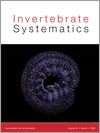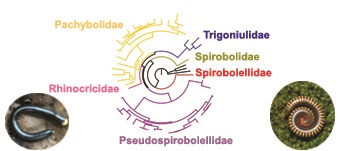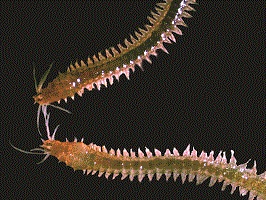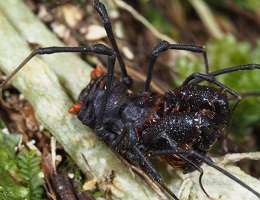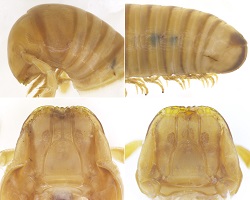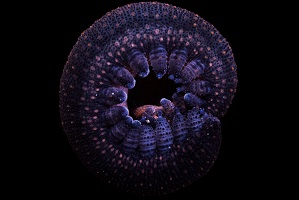
The phylogeography of velvet worms in South Africa make them an ideal proxy for forest conservation provided that their diversity is recognised. Cryptic speciation has led to inaccurate historical taxonomic designations, grouping genetically distinct lineages as single species, as in Peripatopsis clavigera. The implementation of multilocus phylogenetic analyses and various species delimitation methods recognised five species within a historically recognised single species. This result suggests that additional endemic diversity is present, crucial to the taxonomy and conservation of the group.


